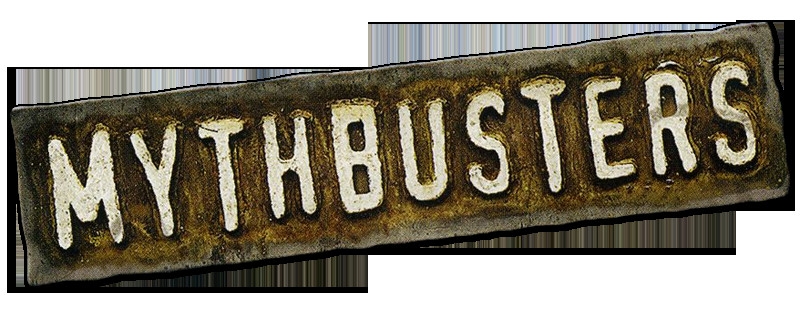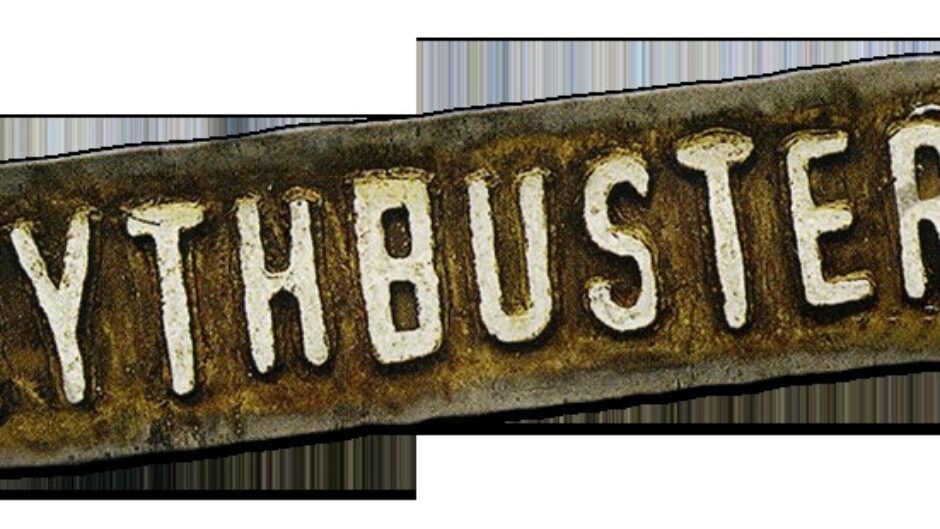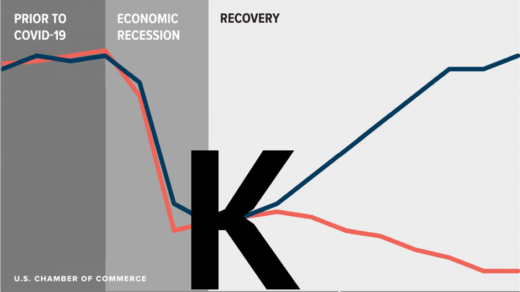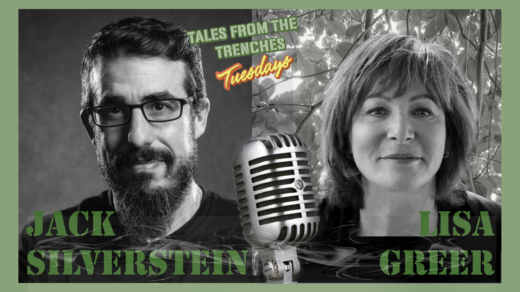
Last article, I spoke of Planned Giving (or better yet, Legacy Giving). Here is the next revenue stream that I am going to mention — Major/Campaign Gifts.
Major/Campaign Gifts are the holy grail of fundraising. These are what separate a successful endeavor from an unsuccessful endeavor. These gifts tend to be much larger and usually pledged over a period of time to allow the donor to make a large sacrificial gift. (If you think that the Jewish guy here is giving a lot of non-Jewish religious references, please be aware that I consulted for many years with various churches early on in my fundraising career.) Just think — a campaign meant to raise $1,500,000 may take 75 donors or so. That would represent a whole lot of $100 donors to reach $1,500,000. Actually, it would be 15,000 donors of $100 each. (This is what I call “dirty math” and IT NEVER WORKS!!!!)
Major gifts add up much more quickly than do other types of gifts. This is probably one of the most inexpensive ways to raise a dollar, usually around 5¢ to raise a dollar. This is essentially staff time and some printed materials and some stewardship.
People are often intimidated by asking for a large gift. I don’t understand why. It is just a number. I contend that it is just as much talent/skill to properly ask someone to consider a $1,000 gift as it is to ask someone to consider a $1,000,000 gift. It is just a number. You shouldn’t take it personally if you don’t get the gift you asked for, and, by the same token, you shouldn’t take it personally if you do get the gift you asked for. The fundraiser is merely a conduit for a donor’s philanthropic wishes. Traditionally, however, your “Type A” personalities of fundraisers live in this world. These are the folks who are excited by large gifts as it propels an organization forward.
This level of gift can often be transformational for a charity and, if stewarded properly, cements the relationship between the donor and the charity. But what is a Major Gift? I have been in organizations where a Major Gift is $1,000+ and I have been at organizations that see $25,000+ as a Major Gift — it is all relative.
What I am seeing in my professional life is that donors are becoming much more strategic in their philanthropy — no longer is it a reactive setting where prospective donors seriously entertain a myriad of funding requests from various charities. Rather, many donors are choosing to decide their own funding priorities (it may be an envelope of funding, like “Charities that deal with Cancer”, for example). The donors are trying to maximize their impact by focussing on their philanthropy.
The philanthropic world is changing. In the book The Art of Giving by Jeffrey Solomon and Charles Bronfman, the authors contend that umbrella organizations like United Way (or Jewish Federations) are losing ground. The main reason is that the mindset of the donor has changed. No longer are donors content with an allocations committee assigning the beneficiary of their philanthropy — they want to see the impact themselves. So what does this mean? It means that stewardship will be key — demonstrating tangible impact will be paramount. What will separate good charities from great charities is the ability of the charity to align the donors’ priorities with the charity’s priorities (and not the charity’s priorities with the donors’.)
So, what makes someone a great Major Gift Prospect? There is the holy trinity (again, another religious reference) of qualities that must be present:
CASE — is the reason for what you are raising money for compelling and urgent?
PROSPECTS — are there enough potential individuals/corporations/foundations that have an interest in your organization and the capacity to support you? In a future article, I will discuss the notion of what makes a good prospect.
LEADERSHIP — are there enough volunteers to help execute the plan?
All three of these qualities need to be present. Think of a tripod. If all three legs of the tripod are not stable, it will surely fall to the ground.
There are 5 basic truths about Major Gifts. They are:
A. People give when they believe in the vision, mission, and the charitable activities of the organization.
B. People give when they decide the benefits of giving money outweigh the costs. (The benefit/cost assessment is different for everyone, but all donors make this assessment.)
C. People are more likely to give when they are asked for funds in person by an individual they know, respect, admire and want to help or please.
D. People’s contributions can be much larger when the visit is well planned by staff and volunteers and a specific amount is asked for in a positive and dignified manner.
E. People are more likely to give to the organization when they have a history of supporting it or have some close association with it.
I will get into Capital Campaigns further in another article, but Capital Campaigns are a marketing term (we, as fundraisers, are ALWAYS raising money). It just packages everything neatly together.
Stay tuned for the next week’s installment (and the last part of Myth #1), Annual Gifts.
L’chaim!
jack




